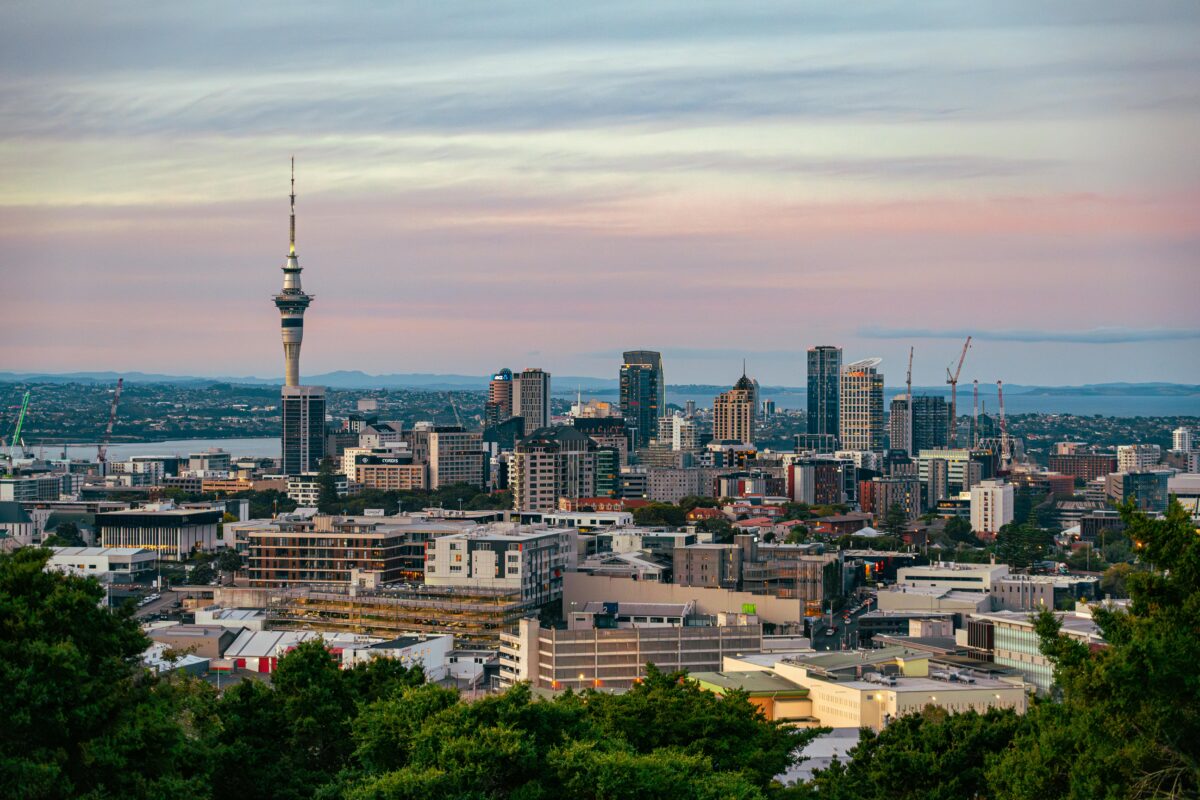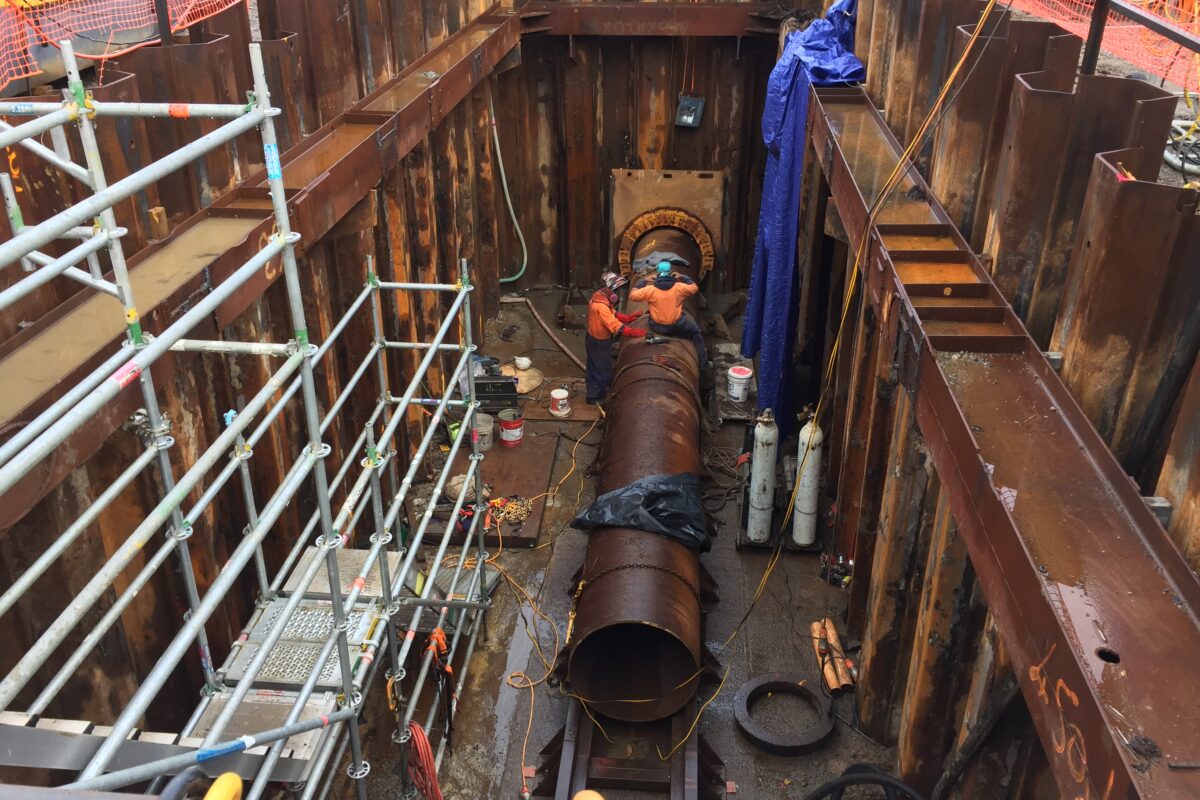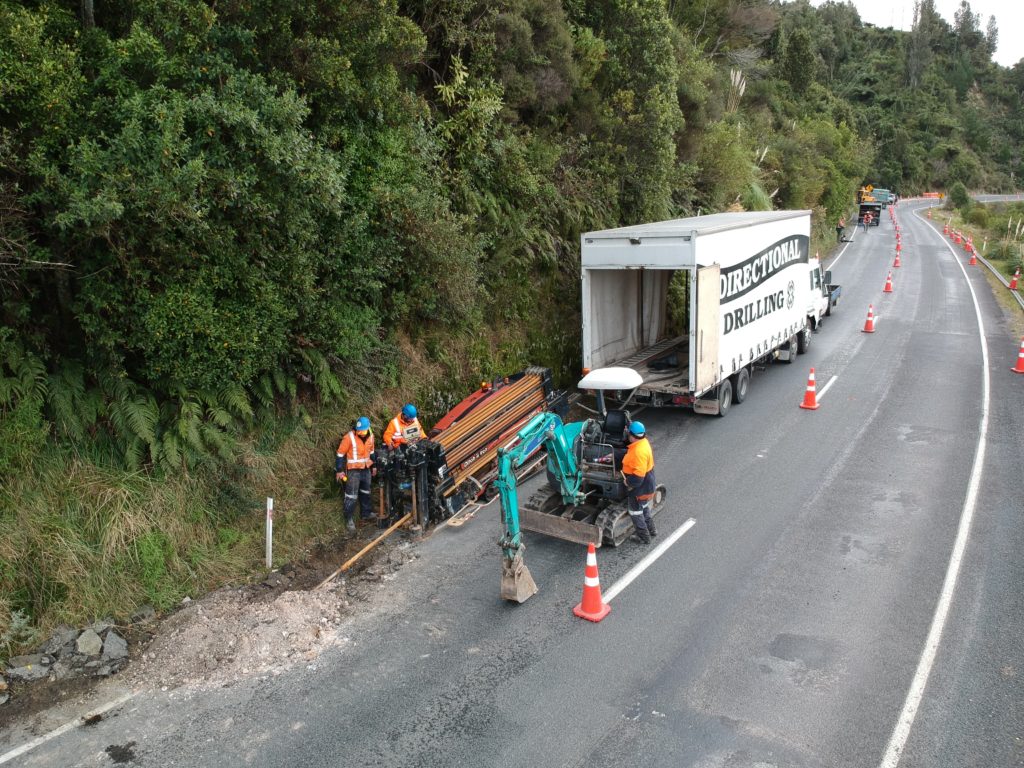Upgrading Auckland’s water infrastructure is one of the biggest challenges facing the supercity today, and directional drilling in Auckland offers a uniquely useful solution. A perfect storm of population growth, urban development and ageing underground networks is driving the need for reliable methods to install and upgrade pipelines. That’s why directional drilling is helping solve that problem.
Directional drilling is changing Auckland’s infrastructure landscape
This form of drilling, also known as horizontal directional drilling (HDD), allows construction and civil contractors install new pipelines without the need for large open trenches. Pipes can be installed directly beneath roads, buildings, rivers, and existing utilities, minimising impact on the wider city.
In a city like Auckland, where traffic management, environmental preservation, and public access are major considerations, this method offers significant advantages.
Enhancing wastewater systems with precision drilling
Auckland’s wastewater infrastructure is constantly under pressure from population growth and increased demand. Ageing pipes, leaks, and system inefficiencies can lead to environmental issues and costly repairs, requiring huge capital investment from local councils and Council-Controlled Organisations (CCO’s), as well as from the private sector like developers.
Directional drilling in Auckland provides an ideal method for replacing or installing new wastewater lines without the kind of major excavation that would otherwise disrupt everyday life. With directional drilling, contractors can lay pipelines deep below ground level with minimal interference to surface structures. This makes it particularly effective for crossing under roads, railways, and existing buildings.
It also enables the installation of long, continuous pipe runs that reduce the number of joints and potential weak points in the system. The result is a cleaner, stronger, and more resilient wastewater network that can support future demand.
Freshwater upgrades for growing communities
Freshwater supply systems are vital to Auckland’s health, industry, and daily life. As new subdivisions and commercial developments expand across the city, the need for efficient and future-proofed installation methods has increased.
Because the drilling process requires only small entry and exit pits, surrounding land is largely undisturbed. This makes it an excellent choice for projects near parks, greenbelts, waterways, or protected natural areas. It also ensures that existing services such as roads and driveways remain operational during construction. With improved accuracy and reduced restoration work, directional drilling contributes to both cost savings and faster project completion.
And that’s a good thing. Auckland’s population is projected to reach 2.5 million by 2050, with much of the growth occurring in the denser inner city. Unintrusive infrastructure upgrades are well-suited to help solve some of Auckland’s unique challenges.
Anything Auckland can do to upgrade its freshwater infrastructure and improve resilience is a good thing.
Modernising greywater and stormwater systems
Greywater and stormwater management are becoming increasingly important as Auckland experiences heavier rainfall and denser development, much due to climate change and shifts in weather.
Efficient collection and reuse systems are essential for preventing flooding, reducing environmental runoff, and promoting sustainable water use. Directional drilling supports these goals by providing a reliable means to install drainage and greywater lines beneath sensitive areas without causing surface damage.
It can solve what is something of a unique challenge for New Zealand’s largest city. Auckland is built on a number of extinct volcanoes and smaller hills, creating a unique topological challenge that generates obstacles in infrastructure upgrades.
Whether connecting new stormwater systems or upgrading old ones, directional drilling delivers precision and adaptability. The ability to drill at varying depths and angles ensures that pipelines follow the optimal path through complex terrain. This flexibility makes it suitable for projects in both residential neighbourhoods and large-scale commercial zones.
Building a future-ready Auckland with smarter infrastructure methods
Directional drilling in Auckland represents a major step forward in how the city approaches water infrastructure development. Its accuracy, speed, and reduced environmental footprint align with Auckland’s vision for sustainable urban growth. As water networks continue to age and expand, the demand for non-invasive, cost-effective installation methods will only grow.
Auckland’s contractors and councils are delivering upgrades that meet today’s needs while preparing for tomorrow’s challenges. When it comes to wastewater renewal, freshwater distribution and greywater management, HDD tech provides the precision and performance needed to keep the city’s water systems flowing smoothly for decades to come.
Ready to chat to the experts on directional drilling in Auckland?
Universal Underground Limited (UUL) are your Auckland and Waikato specialists in underground utility installation, backed by our experienced staff and specialist equipment.
Since our establishment, Universal Underground have gone on to prove ourselves as a company you can rely on to achieve positive outcomes in complex and challenging situations.
Get in touch with the Universal Underground team today.



